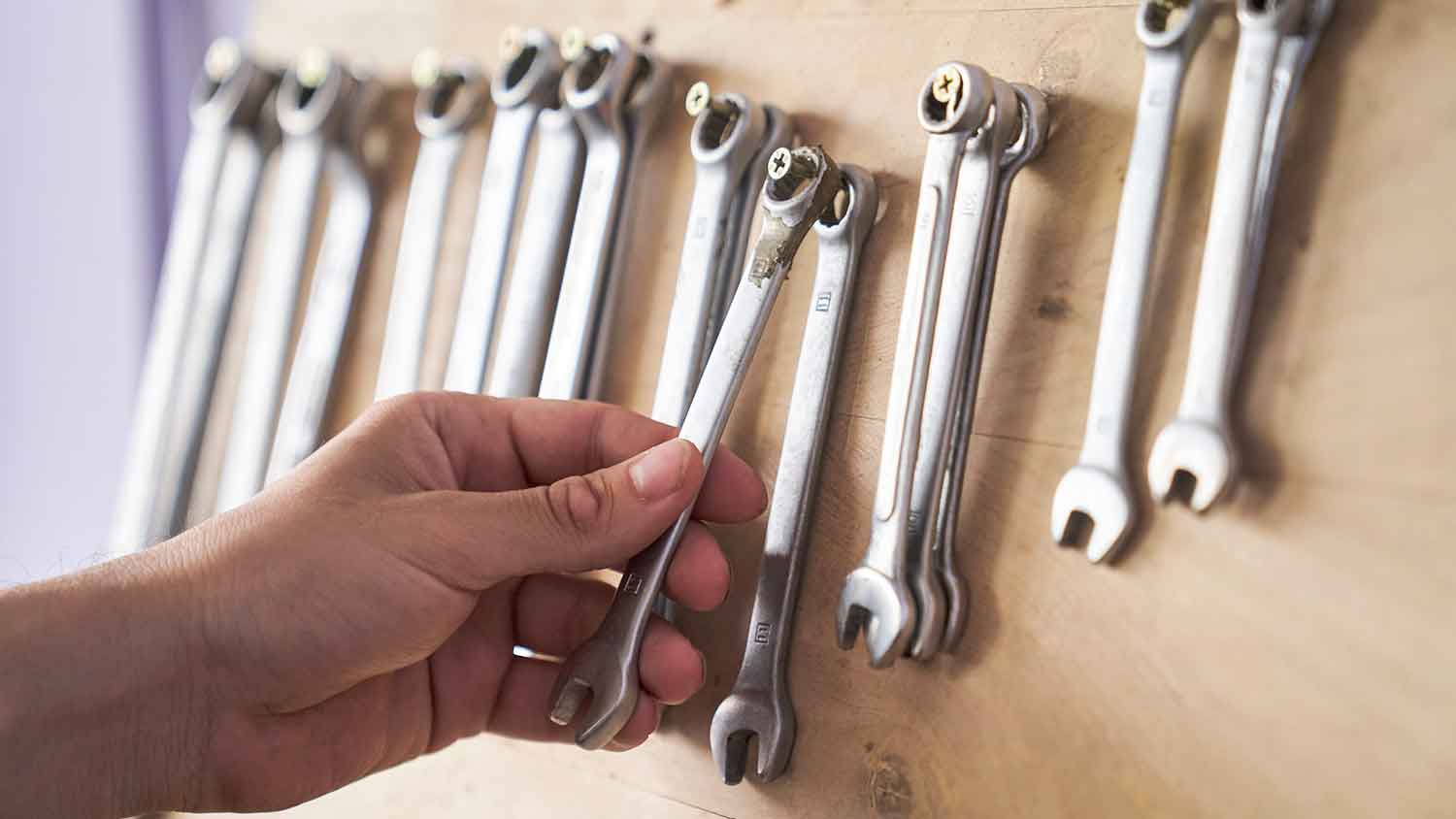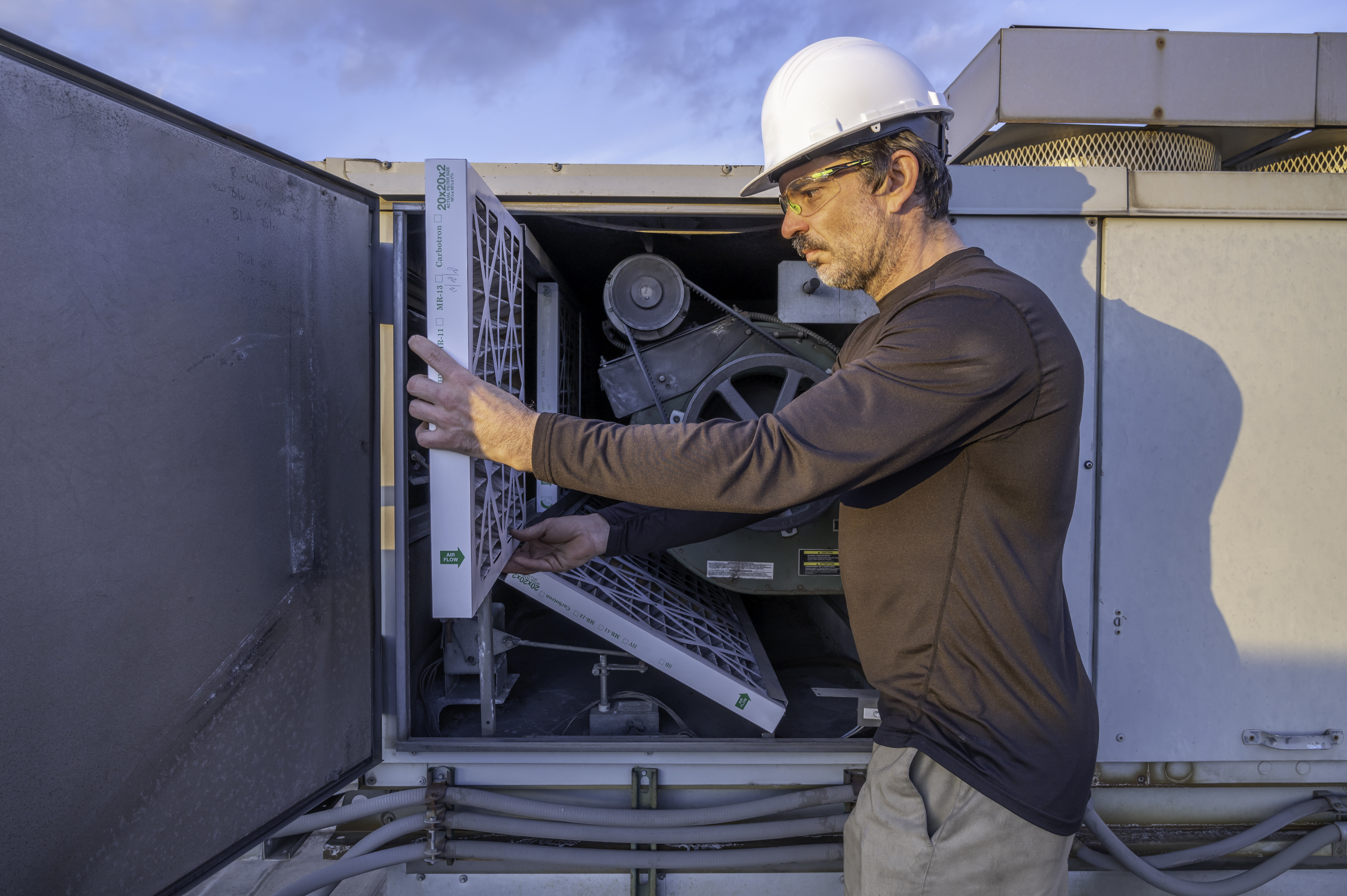
Explore how much an AC compressor costs to install based on cost factors like it’s type, brand, size, and local labor rates.
Don’t worry; no actual blood is involved


Proper maintenance of your home's heating system is essential to ensure it runs efficiently and effectively. One aspect of maintenance is bleeding your furnace, which helps to maintain its functionality. Let’s walk through how to bleed a furnace, why and when it's necessary, and some step-by-step instructions for both DIY enthusiasts and those considering hiring a professional.
Bleeding a furnace, also known as "bleeding the lines" or "purging the system," refers to the process of removing trapped air and old oil from the heating system. Air can accumulate in the furnace's pipes, causing reduced heating efficiency or even complete HVAC system failure (which means you’d have to shell out for the cost of a new furnace). Plus, you need to get rid of the old oil to make room for the new, clean oil that’s used as fuel for your furnace to do its job.
Bleeding the furnace ensures that air can flow freely through the system, improving its overall performance, and new oil keeps the furnace running and warm. Keep in mind that furnace equipment, unsurprisingly, gets very hot, and small mistakes can leave you without heat. So, if you’re not confident in your HVAC DIY skills, you should hire a furnace expert.
Bleeding a furnace isn’t too complicated, but taking the right steps is critical to ensure you do so safely and efficiently. We’ll guide you through.
It typically takes between 30 minutes and one hour for a furnace to fully cool off. Don’t attempt to work on your furnace if it’s still hot or even warm, as you could be burned.
The very first step is to make sure this project is safe to complete. That means turning off your furnace and waiting for everything to cool down. If it’s a gas furnace, shut down the gas supply to prevent potential gas leaks. If you don’t know whether your furnace runs on gas, oil, propane, or electricity, you should let a pro handle this job.
You’ll also want to put on gloves and safety goggles. Even after your furnace has cooled off, some components may still be hot.
You’ll need either a wrench or an Allen key (also called a hex key) to open the bleeder valve. If you’re unsure, you can consult your owner’s manual. You should also have a bucket on hand to catch any oil that might bleed out along with the trapped air.
Check out the area near the furnace’s fuel pump. The bleeder valve may look like a hexagonal nut or rubber plug. Again, your owner’s manual will come in handy here because it can tell you the valve’s exact location. Place your bucket underneath the valve once you’ve found it.
Now for the fun (and effective) part: Fit your wrench or Allen key around the valve and gently open it. You will likely hear a hissing sound, and this is normal. Even if you’ve waited a long time for the furnace to cool, the steam may be hot, so avoid putting your face or other body parts in the direct line of the steam. Loosen the valve only slightly so that you avoid excess oil dripping out (though a little bit of an oil spill is normal—that’s what your bucket is for.)
If you’ve loosened the valve and oil or air does not flow or suddenly stops flowing, push the reset button while keeping a firm grip on the wrench or Allen key. You might need to push the reset button several times.
Once you see a steady stream of oil releasing from the valve, use the wrench or Allen key to quickly close the valve. Tighten until the valve is firmly closed, but do not over-tighten it.
After the bleed process, check the system’s pressure gauge and, if necessary, refill the tank with oil as outlined in your owner’s manual. You can also look up the manufacturer’s instructions online if you can’t find the manual.
Now you can turn your furnace back on and ensure it’s functioning properly after bleeding. If you’re having problems at this point, call in a pro for help.

Follow these tips to make sure you’re always bleeding your furnace safely. When in doubt, call in a pro to help.
Allow ample cooling time: Give the furnace ample time to cool down before attempting to bleed it. Hot components can cause burns, so wait until the system is at a safe temperature to proceed with bleeding.
Wear protective gear: Put on gloves and safety goggles to protect yourself from any hot water, steam, or debris that might be released during the bleeding process.
Use the correct tools: Use the appropriate wrench to open the bleeder valve. Ensure it fits snugly to prevent slipping or damaging the valve.
Open the valve slowly: When opening the valve, do it slowly and steadily. Sudden pressure changes can cause water or air to rush out forcefully, potentially causing damage or injury.
Prevent water damage: Placing a container or cloth beneath the valve catches any water that might come out during the bleeding process. This helps keep your work area clean and prevents water damage.
Close the valve slowly and carefully: Once you've bled the furnace and water starts flowing steadily, close it slowly and carefully to avoid sudden pressure changes.
Check for leaks: After bleeding and closing the valve, inspect the area around the valve for any leaks. If you notice any, address them immediately and consult a professional if necessary.
Monitor your furnace: After ensuring everything is secure and there are no leaks, you can turn the gas supply back on and restart the furnace. Make sure to monitor its operation to make sure it's functioning correctly.
Bleeding a furnace is a relatively simple task that many people can perform themselves. If you're comfortable with basic tools and follow safety precautions, this could be a cost-effective option. However, if you're unsure about or uncomfortable with the process, or if your furnace requires frequent bleeding, we recommend hiring a furnace maintenance company near you. They have the expertise to handle the task quickly, effectively, and safely.
Available, professional, and affordable! They always respond to your needs quickly and efficiently.
It is been three month Mr. Matt came to give us an estimated for a mold problem. They came to repair our crawl space and two month after the repaired, we saw our energy bill went down, and the air conditioning is working efficiently. I highly recommend Palmetto Environment Solution Company. L...
Very professional and quality carpet installation
Scott and Julie arrived on time and were respectful of property and masking requirements. They did an expert job in clearing my dryer vents even though it required going up on my roof. Very friendly and professional.
Was very pleased with work done and the time it took to finish. Excellent painters and entire staff very efficient and easy to work with. Experience quite pleasant. Thank you!
Goose Creek Heating and Air went out of their way to secure parts for my unit, which I believe is 10 years +. Trey the technician is very professional and is at the house fixing the unit as we speak. This is my second time using Goose Creek Heating and Air and would I would contact them again...
I recently purchased a new 2.5 ton Lenox Heating and Air Conditioning system with Carolina Air Care. Three times their service men came to my home: (1) to do an initial inspection with recommendations of my then broken current system, which I knew was past its life-span (2) three men to do...
We have used 911 Service Today twice before for major appliance repairs and have been very impressed with their prompt service of our needs and excellent technical skills of Tom, their Head Technician. It seems like he can work on any appliance of any brand and get it all back in great...
We had Charleston Air Care install a Trane Heating and Air conditioning system. Justin Dunn gave us the estimate and answered all our questions. Jamall and Birdie did the installation, they were very courteous and polite. They answered all our questions and did a great job. We will recommend...
From average costs to expert advice, get all the answers you need to get your job done.

Explore how much an AC compressor costs to install based on cost factors like it’s type, brand, size, and local labor rates.

Faulty AC drip pans can lead to pesky leaks and improper home cooling. Find out how much AC drip pan replacement costs for your cooling system.

Discover the true window AC unit installation cost to learn about labor, permits, and ways to save on your window AC project.

Not sure which type of furnace humidifier is best for your home? We’ve broken down four different options, explaining how they work and their benefits.

Wondering who to hire for swamp cooler installation? Learn when to call an HVAC contractor, electrician, or handyperson, and what to expect.

Learning how to secure a window AC unit will avoid personal injury and damage to your home. It will also protect against theft and break-ins.